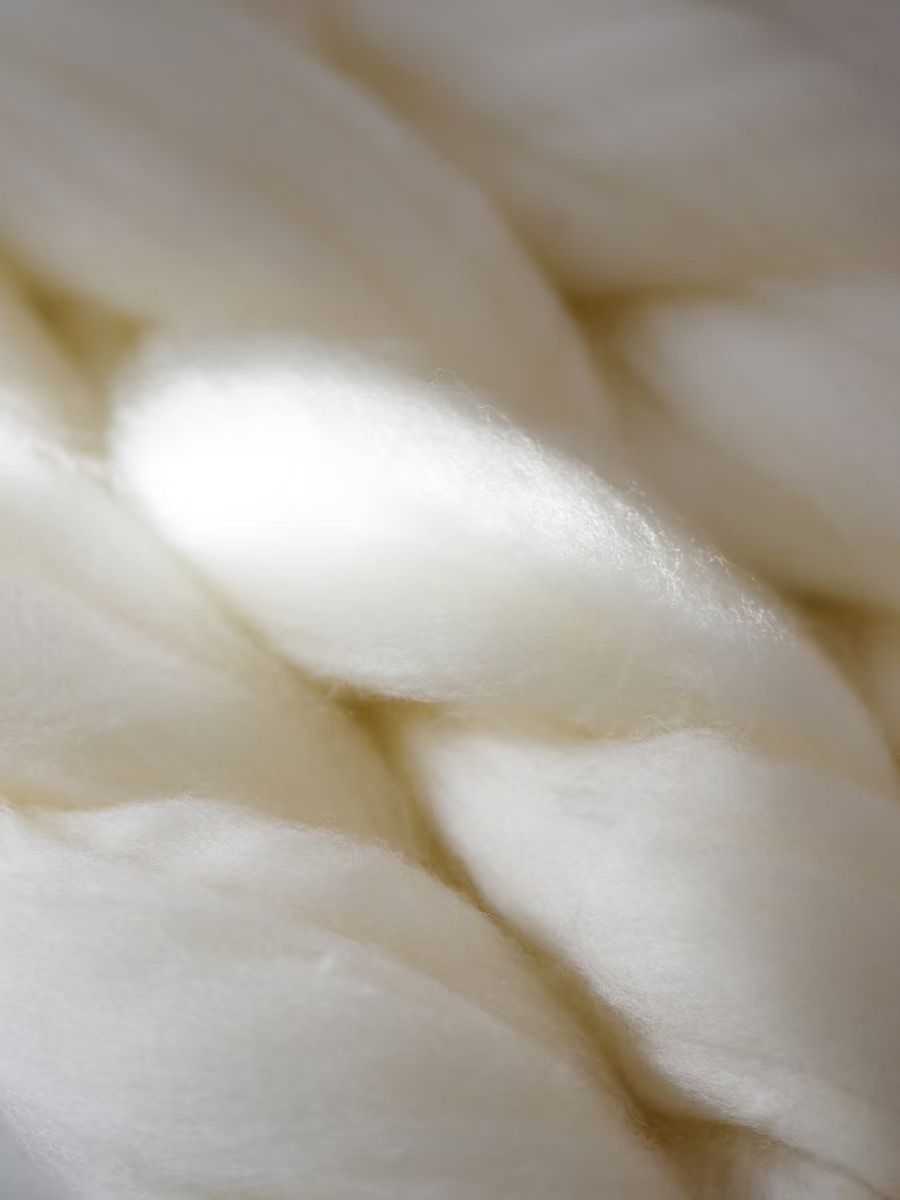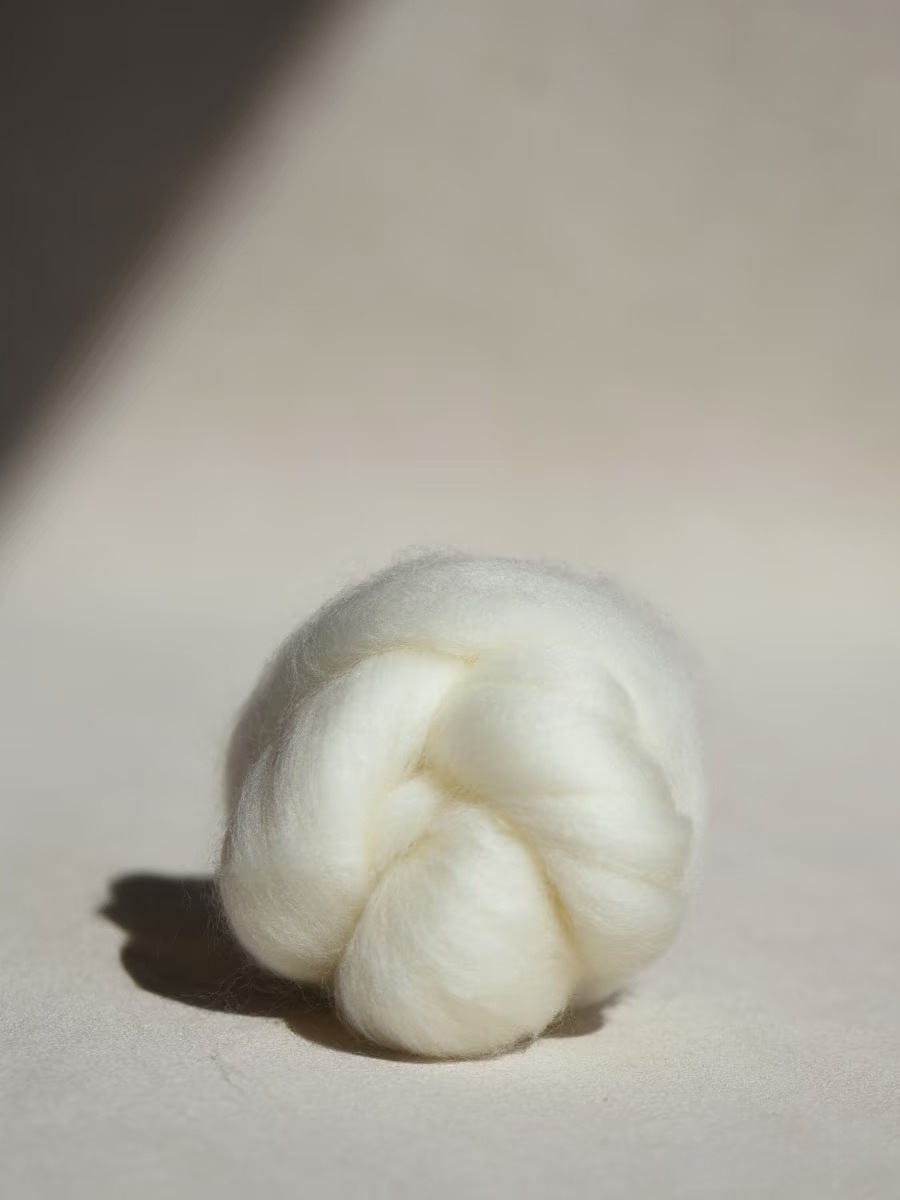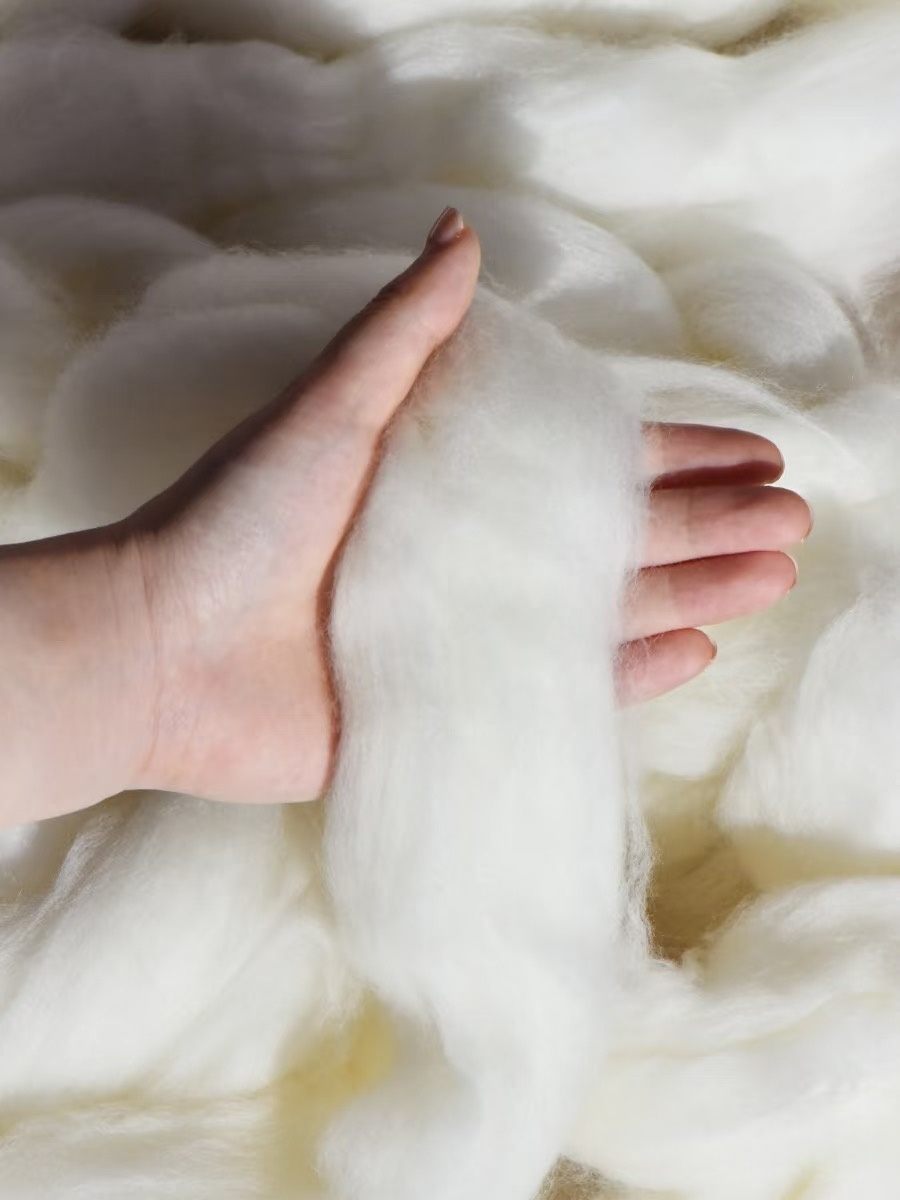Understanding the Polyamide vs Nylon Distinction
When exploring the world of textiles, the terms polyamide and nylon often appear, leading to some confusion. Many wonder if there is a significant difference in the polyamide vs nylon debate. The simple truth is that nylon is a specific type of polyamide. Think of it like this: all nylons are polyamides, but not all polyamides are nylons. This family of synthetic polymers is renowned for its strength, durability, and versatility, making it a staple in industries from fashion to engineering. The creation of a high-quality nylon fiber revolutionized textiles, offering an alternative to natural fibers like silk and wool with its own unique set of beneficial properties.



What Exactly is a Polyamide?
Polyamides are polymers linked by amide bonds. This chemical structure is found both in nature, in proteins like wool and silk, and in synthetic materials like nylon and aramid. In the context of textiles, synthetic polyamides are engineered for specific characteristics. A well-crafted polyamide yarn is known for its exceptional resistance to abrasion, high elasticity, and impressive tensile strength. At Ningbo Sinopec Fiber Co., Ltd., we specialize in manufacturing premier polyamide nylon fibers, specifically PA6 and PA66, which are among the most common types used globally. These materials are transformed into everything from apparel and carpets to automotive parts, showcasing their incredible range and reliability.
The Rise of Nylon and Its Luxurious Feel
Nylon was the very first commercially successful synthetic thermoplastic polymer. Its invention marked a turning point, providing a resilient and cost-effective material that could be mass-produced. The versatility of nylon fiber allowed it to be used in stockings, parachutes, ropes, and countless other applications. Today, advancements in manufacturing technology have taken this material to new heights. Modern processing can create a polyamide yarn with a remarkably luxurious texture, capable of achieving a soft cashmere feel. This innovation allows designers to blend synthetic durability with the opulent sensation once reserved for the finest natural fibers, making high-end textures more accessible and practical for everyday use.
Innovations in Blended Textiles
One of the most exciting areas in modern fabric development is the creation of sophisticated blends. Cashmere blends, for example, often incorporate polyamide to enhance performance. While the top cashmere type is prized for its unparalleled softness and warmth, it can be delicate and expensive. By blending it with polyamide, manufacturers can create a fabric that retains much of the desired soft cashmere feel while gaining significant strength, durability, and resistance to pilling. These cashmere blends are easier to care for and more affordable, bringing a touch of luxury to a wider audience without compromising heavily on the tactile experience. This intelligent combination of natural and synthetic fibers creates a final product that is both beautiful and built to last.
The Practical Advantages of Polyamide Fibers
Choosing fabrics that incorporate polyamide brings numerous benefits. The inherent properties of a polyamide yarn contribute to garments that hold their shape, resist wrinkles, and dry quickly. This makes them ideal for activewear, swimwear, and everyday clothing that needs to withstand frequent use and washing. For manufacturers and designers, the consistency and reliability of materials like our PA6 and PA66 fibers ensure a high-quality output for every production run. By understanding that nylon is a key player within the broader polyamide family, consumers and creators alike can better appreciate the science and innovation that go into the textiles we use every day, from high-performance gear to garments that rival the softest natural wools.




